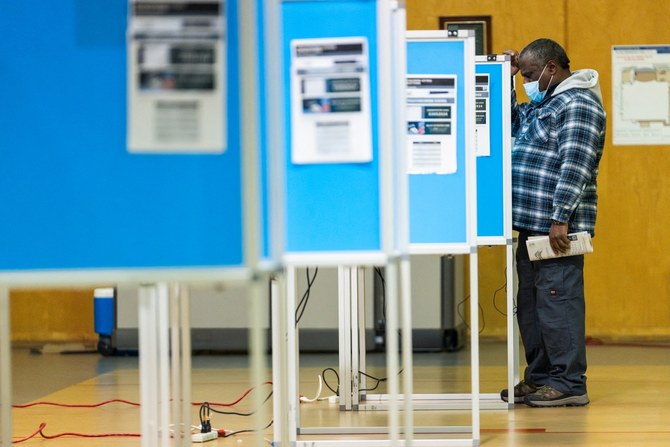
The make-up of the two main US political parties — Republicans and Democrats — is changing in ways that are likely to feed into the trend of hardening partisanship, with potentially negative long-term consequences for American democracy.
A generation ago, in the early 1990s, the two parties were much more similar in their demographics than today. An extensive report released in March from the Pew Research Center found that “the composition of the Republican and Democratic electorates are less alike than at any point in the past quarter-century.”
The Pew report, which looks at registered US voters, pictures a Democratic Party today that is demographically quite different from a generation ago. These changes reflect trends in broader society and the electorate. The Democratic Party has become more racially and ethnically diverse, more urban, and more inclusive of the Millennial generation. The Republican Party, meanwhile, has changed some but far less and is less reflective of demographic shifts in American society.
For example, non-Hispanic white people in the US today constitute around 62 percent of the population and 69 percent of registered voters. In 2017, according to Pew, 59 percent of Democratic-affiliated or leaning voters were white, as compared to 83 percent of Republican-affiliated or leaning voters.
A particularly striking change is in gaps in education. The overall electorate has become better educated, with Pew data showing that voters are now evenly split into those with only a high school diploma or less, those with some college education but no degree, and those with a college degree or higher. Today, 54 percent of voters with a college degree affiliate or lean Democratic — a significant change from 1994, when 54 percent of those with a college degree identified with or leaned Republican. Voters with a postgraduate degree are even more likely to prefer the Democratic Party. As the voting public as a whole has become better educated, better educated voters have become more Democratic. At the same time, Pew finds that the Republican Party has gained ground among voters without a college degree.
As the voting public as a whole has become better educated, better educated voters have become more Democratic.
Kerry Boyd Anderson
The Democratic Party is also notably younger in its voter base than the Republicans. Pew data shows that a majority (57 percent) of voters likely to vote Republican are at least 50 years old, while a majority (53 percent) of Democratic voters are younger than 50. Notably, of the younger Millennial voters, 59 percent affiliate or lean Democratic; this reflects both a particularly strong Democratic tilt among Millennial women and a growing racial and ethnic diversity among the younger population. An earlier Pew study found that the two younger adult generations — Millennials and Generation X (in other words, voters 51 years old and younger) — outnumbered older voters for the first time in 2016, suggesting a future advantage for the Democratic Party.
From this data, it would be tempting to assume that Democrats are destined to win the majority of future elections. However, the US electoral system is not based on a nationwide popular vote. It is a federal system, in which the states hold elections to choose members of Congress and the president. Various factors in current congressional elections favor the Republicans. These include one-off situations, such as the fact that far more Democratic Senate seats are up for re-election this year than Republican ones. It includes medium-term political realities; for example, while both parties use gerrymandering to draw electoral districts in ways that benefit their own party, Republicans have been more successful at doing so in more states than Democrats.
Other key factors are more systemic and long-term. The rules for electing the Senate and the president — the latter through the electoral college — give greater weight to the votes of individuals living in less populated states than to those in more populated states. This is a growing problem for the Democrats as the American public is becoming more urban and Democratic voters are becoming more concentrated in more populous states. Even beyond these factors, American elections are complex and do not always reflect the demographic make-up of the parties.
These trends represent at least two significant long-term challenges to American democracy. The system depends on two healthy political parties that compete but also cooperate. As Republican and Democratic voters become increasingly divided along ideological and demographic lines, compromise is likely to be more difficult.
Another challenge is that, if the Republican Party increasingly diverges from broader social and demographic trends but maintains power through a system in which it has electoral advantages, many Americans might feel disenfranchised and lose faith in their own democracy.
Both parties play an important role in representing citizens’ voices. However, for the two-party system to work in such a large, diverse country, both parties need to appeal to many different types of people and find commonalities with each other. If they become too different from each other, or if either one represents too narrow a base, it could badly damage the political system.
Kerry Boyd Anderson is a writer and political risk consultant with more than 14 years’ experience as a professional analyst of international security issues and Middle East political and business risks. Her previous positions include deputy director for advisory with Oxford Analytica and managing editor of Arms Control Today. Twitter: @KBAresearch











